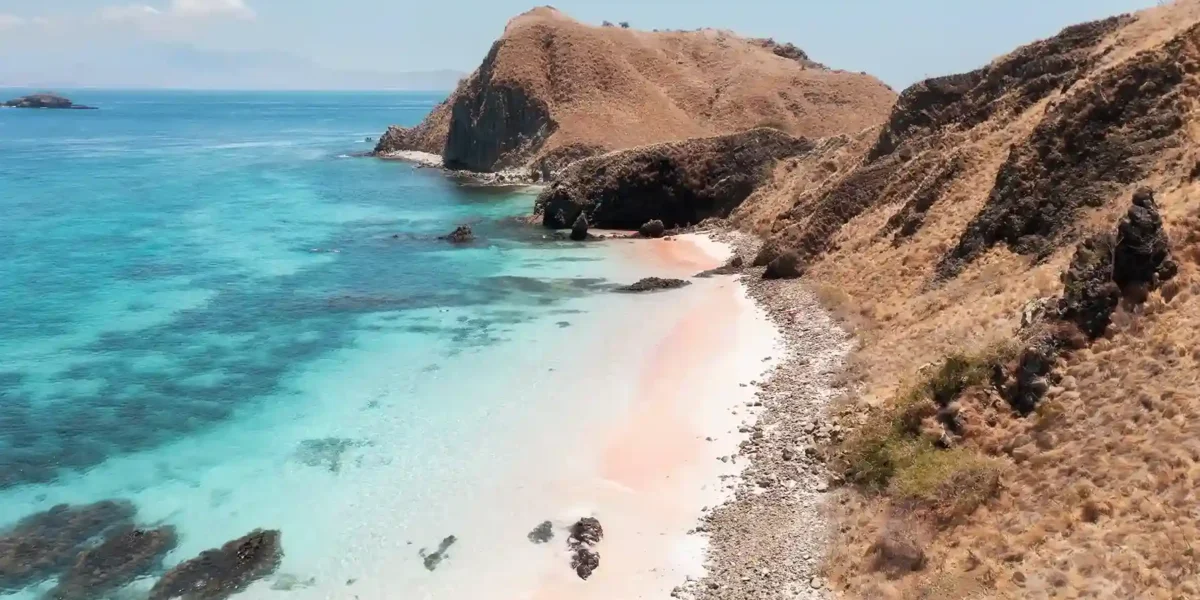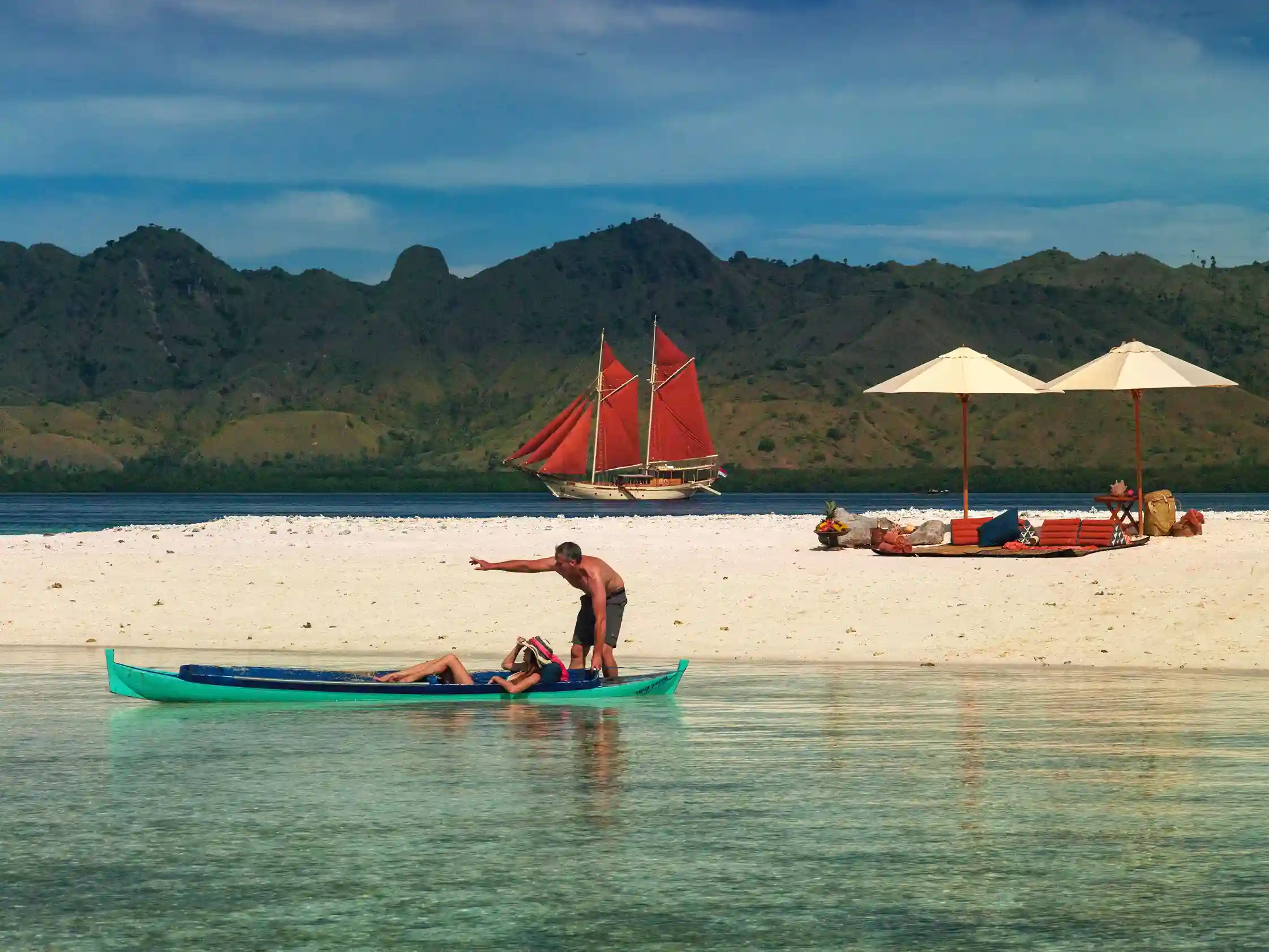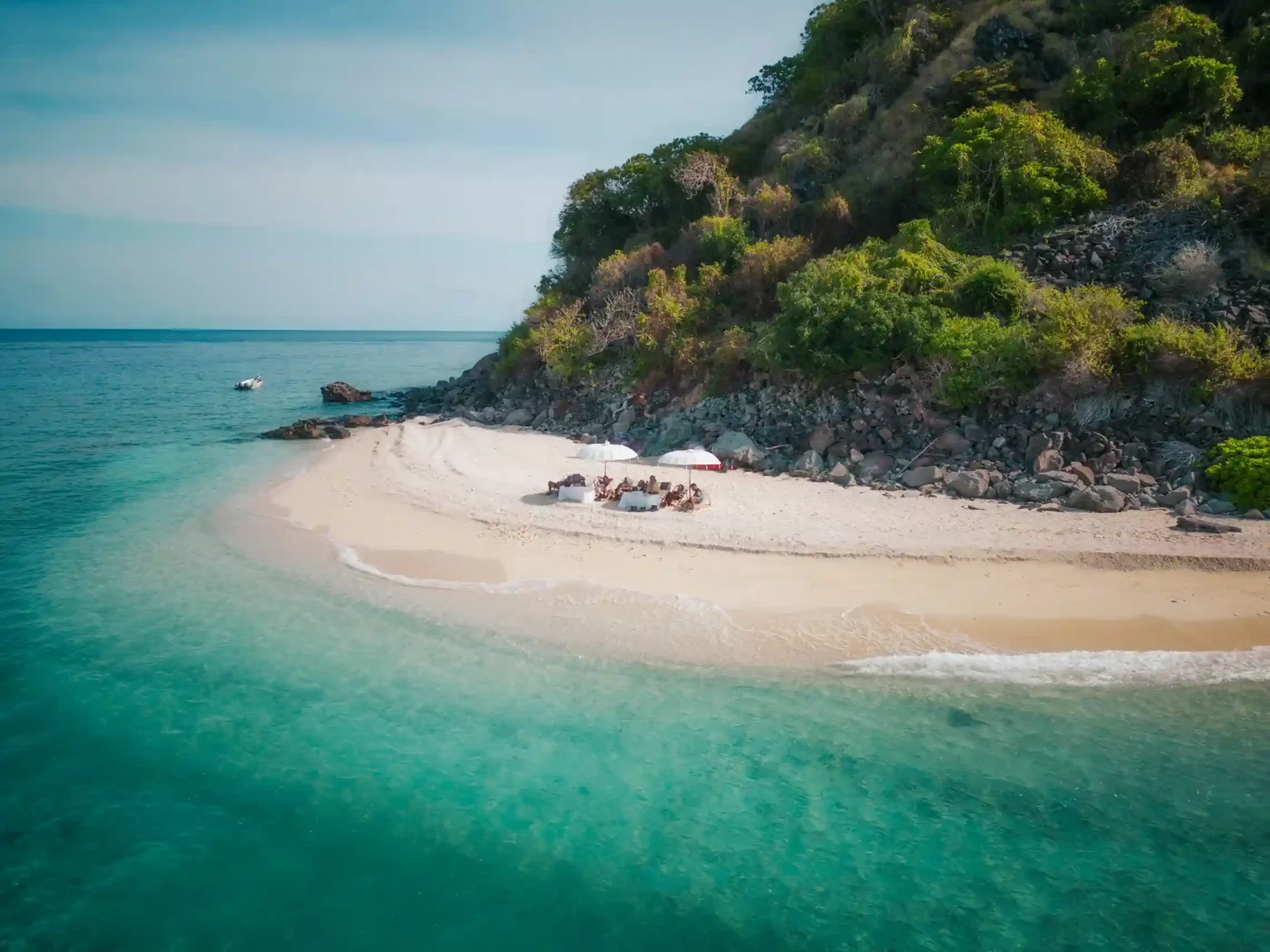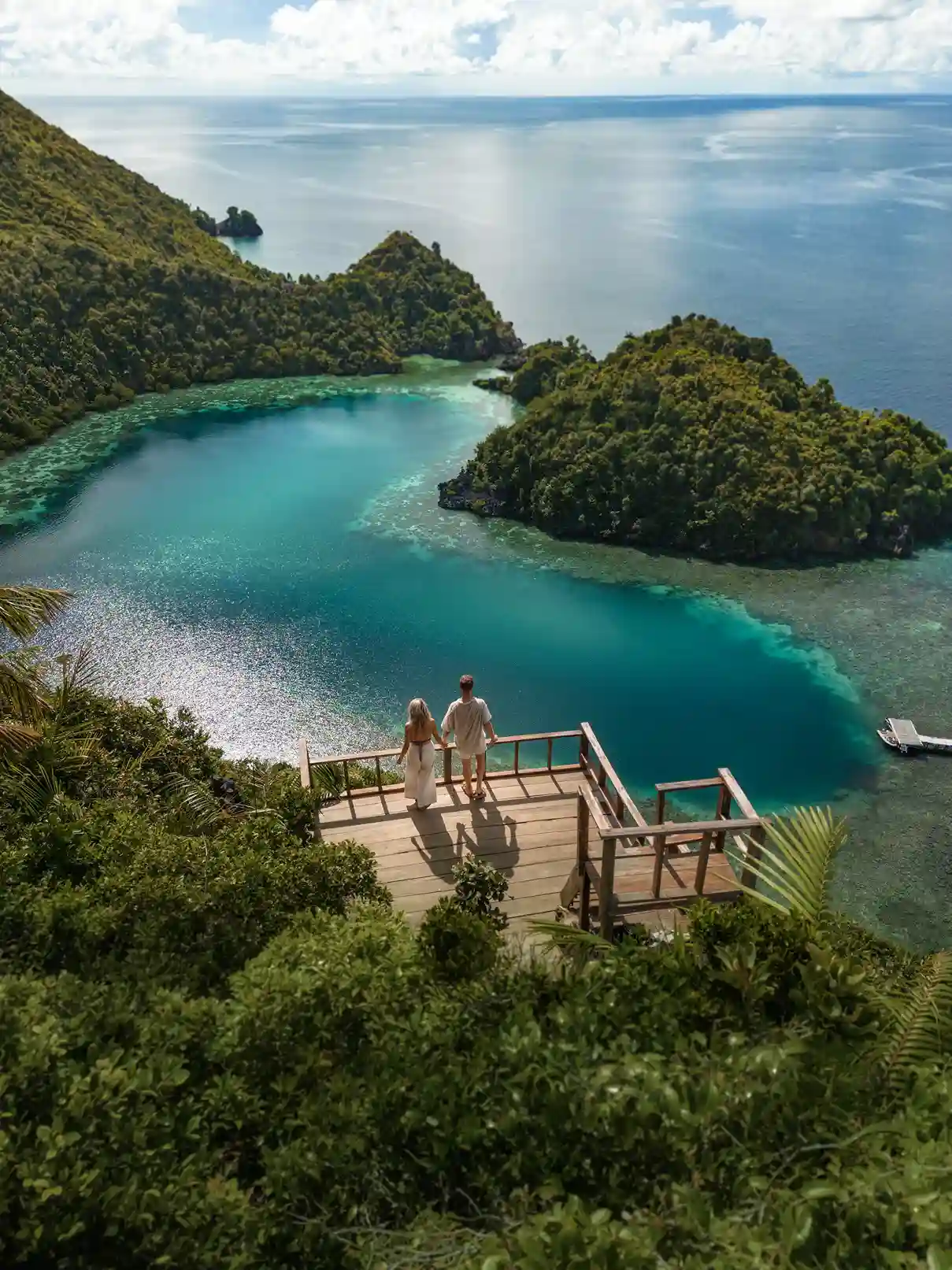When people chat about wild creatures in the ocean or on land, sharks and Komodo dragons often pop up in the conversation. Both have fearsome reputations in their own environments. But have you ever imagined who would win if these two predators ended up facing each other? What about their physical differences? How do they hunt and protect themselves? Let’s explore a detailed comparison between Komodo dragons and sharks from many angles, and see if we can figure out who comes out on top.
Komodo Dragon: Stealthy Giant with a Venomous Bite
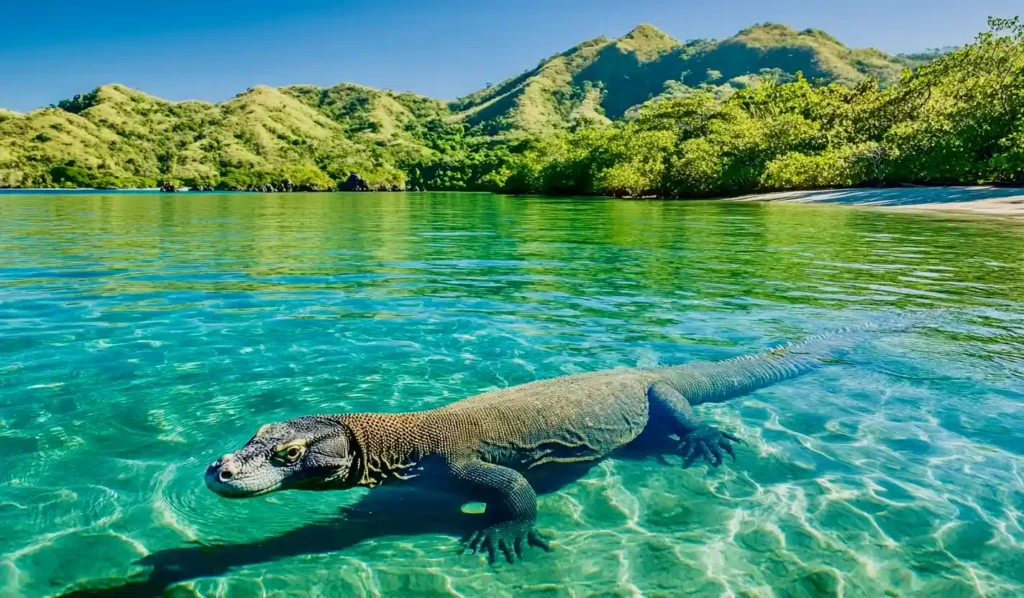
Komodo dragon (scientifically known as Varanus komodoensis) is the largest lizard in the world, found in just a few specific places in Indonesia, especially around Komodo National Park. A mature Komodo dragon can reach about three meters in length and weighs somewhere between 70 and 90 kilograms. At first glance, their appearance seems like a relic from the age of dinosaurs—stocky bodies, sharp claws, and serrated teeth ready to tear apart their prey.
Even though most people picture the Komodo dragon lumbering across dry land, it might surprise you to learn that these giants are also strong swimmers. They can cross from one island to another, covering considerable distances in the water. Some folks even jokingly call them “sea dragons” since they often swim to find food or locate better hunting grounds.
One of the most fascinating features of the Komodo dragon is its saliva, which contains dangerous bacteria. A single bite from a Komodo can cause massive bleeding and infection, eventually weakening its prey so much that it can no longer escape. Komodo dragons can pick up scents of carrion or blood from a surprising distance, stretching to a few kilometers. This keen sense of smell helps them track down injured animals or locate dead prey. When hunting, a Komodo dragon loves to lie in wait, quietly hidden. Once the prey is close enough, the dragon springs forward with remarkable speed for a creature of its size. If the bite itself doesn’t immediately incapacitate the prey, the bacteria from its saliva will eventually do the job.
Komodo dragons generally feed on deer, wild boar, water buffalo, and occasionally smaller mammals. They often show incredible patience, biting their prey and then waiting for the infection to take its toll before dining.
Read more: Can Komodo Dragons Swim? Here’s the Fact!
Shark: Streamlined Predator Packing a Mighty Jaw

Sharks are apex predators of the ocean. There are hundreds of shark species that vary in size and temperament—from smaller species less than a meter long to giants like the whale shark that can surpass 10 meters. Many sharks are known for their predatory instincts and razor-sharp teeth, although different species have different diets and behaviors.
Unlike many other fish with bony skeletons, sharks have skeletons made entirely of cartilage, making them lighter and more flexible in the water. Sharks have special sensory organs on their heads, called ampullae of Lorenzini, which let them detect electrical fields in the water. This ability helps them pinpoint the heartbeat or muscle movements of potential prey. Shark teeth are arranged in rows. If one tooth falls out or breaks, the row behind it shifts forward like a conveyor belt, making sure these hunters almost never run out of teeth.
Sharks are found in virtually every corner of the world’s oceans, from tropical waters near the equator to colder polar seas. They adapt to different environments, though each species has certain needs like the right temperature and adequate food sources.
Komodo Dragon vs Shark: A Comprehensive Comparison

Below is a comparison table to help you see the main differences between Komodo dragons and sharks:
| Aspect | Komodo Dragon | Shark |
| Physical Features | Scaly skin, four legs, sharp claws, forked tongue, venomous saliva | Streamlined body without legs, dorsal fin, powerful tail, rows of sharp teeth |
| Size & Weight | Up to 3 meters long, usually around 70–90 kg (sometimes more) | Varies widely depending on species, from around 1 meter to over 10 meters |
| Hunting & Feeding | Ambush predator, swift attack, venomous bite, often scavenges or hunts large mammals | Depends on speed and rows of razor-sharp teeth to tear apart fish, seals, and other sea creatures |
| Defense Strategies | Thick skin, sharp claws, serrated teeth, bacteria-laden bite, can be aggressive | Rows of extremely sharp teeth, strong biting force, high swimming speed, advanced electrical sense |
| Habitat & Distribution | Found only on certain Indonesian islands (Komodo, Rinca, Flores, etc.) in dry, savanna-like landscapes | Found in nearly all oceans around the world, from tropical waters to icy polar seas |
| Adaptations for Survival | Can swim between islands, survive on minimal food for stretches of time, can wait patiently for prey to succumb to infection | Breathing with gills while moving, electroreception for finding prey, continuous tooth regeneration |
Physical Differences
At a glance, a Komodo dragon is clearly a land reptile—although a sturdy one—designed for walking on all fours, climbing, and stalking. Meanwhile, a shark is built for aquatic life. Its streamlined shape, fins, and powerful tail let it slice through the water with ease.
Size and Weight
Most Komodo dragons measure between two and three meters and can tip the scales at 70 kilograms or more. By contrast, certain sharks like the great white shark can grow to over six meters and weigh a couple of tons. So, if we compare the largest Komodo dragons to large shark species, sharks easily dominate in sheer size and weight.
Hunting and Feeding
Komodo dragons hunt mostly on land and in shallow water. They use a combination of stealth, a quick pounce, and a venomous bite to bring down prey. Sharks, on the other hand, rely on speed, electrical sense, and multiple rows of teeth to grab sea creatures like fish, seals, and other marine animals.
Defense Strategies
Komodo dragons protect themselves with thick, scaly skin, sharp claws, and a fearsome bite that can lead to lethal infections. Sharks rely on powerful jaws packed with sharp teeth, plus the element of speed, to help them evade threats and take down prey.
Habitat and Distribution
You can only find Komodo dragons in a handful of Indonesian islands, specifically in Komodo National Park and surrounding areas. Their environment includes savanna grasslands, mangroves, and rugged coastal shores. Sharks, on the other hand, roam every ocean on the planet, from balmy tropical waters to chilly seas near the poles.
Adaptations for Survival
Komodo dragons can go long periods without eating, thanks to a slow metabolism, and they’re also surprisingly proficient swimmers. Sharks, conversely, must keep moving so water passes through their gills, ensuring a steady supply of oxygen. Their bodies are fine-tuned for life in the water, with electroreception and constant tooth replacement as big survival advantages.
Read more: Komodo Dragon vs Orca: Who Reigns Supreme in the Wild?
Komodo Dragon vs Shark: Who Would Win?

It’s definitely fun to imagine these two predators squaring off. In reality, though, it’s pretty unlikely since they don’t usually share the same habitat. Still, let’s entertain the idea if they did run into each other—say, in shallow water near the beach.
- On Land
If they clashed on dry land, the Komodo dragon would have a clear edge. While some shark species, like the bull shark, can handle brackish or freshwater for limited periods, they can’t really function on land. A shark stranded on a beach becomes nearly defenseless, and a Komodo dragon would simply wait for it to weaken before launching a bite. - In the Water
If the meeting happened in deeper water, a shark would have the upper hand. Sharks are built to move swiftly in the ocean. They’d close in fast, strike with powerful jaws, and likely injure the Komodo dragon before it could retaliate. Even though Komodo dragons can swim well, their speed doesn’t compare to an ocean predator like a shark. - Possible Outcomes
- Komodo Dragon’s Strengths: Bacteria-filled bite, sharp claws, robust body, and decent stamina on land or in shallow water.
- Shark’s Strengths: Multiple rows of sharp teeth, strong bite force, top-notch swimming speed, and sensitive electrical detection.
- Komodo Dragon’s Weaknesses: Slow over long distances on land (fast only in short bursts), not nearly as agile in deep water.
- Shark’s Weaknesses: Completely helpless on land, relies on constant movement in water to breathe.
In short, if each animal stayed in its own turf, the Komodo dragon rules on land while the shark dominates in the ocean. In a borderline scenario near the shore, it could go either way—largely depending on how deep the water is at the time.
Seeing Komodo Dragons in Their Natural Habitat with Komodo Luxury
All this talk of pitting Komodo dragons against sharks may be thrilling, but the real excitement comes from observing a Komodo dragon in the wild. Picture yourself exploring Komodo National Park: gorgeous beaches, stunning savannas, and the thrill of spotting a Komodo dragon prowling through the brush.
The park isn’t just the realm of Komodo dragons. Its waters are teeming with colorful fish, intricate coral reefs, and a variety of other marine creatures. You can enjoy snorkeling or diving in crystal-clear water. Even spotting sharks is possible, but most of the time these are shy reef sharks that avoid trouble with humans.
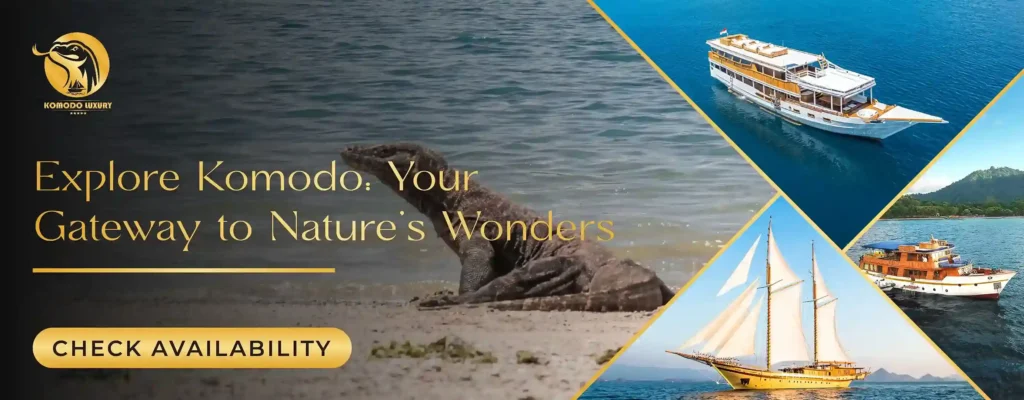
To make your journey around the Komodo Islands truly memorable, Komodo Luxury has everything you need. From luxurious accommodations on a stylish boat to guided diving and trekking adventures, they’ve got your back. All you have to do is enjoy the amazing view and soak in every moment. Exploring the Komodo Islands requires some careful organization, and Komodo Island Tour Packages takes the stress out of it. You’ll get a seamless and safe experience from start to finish with Komodo Tour by Komodo Luxury.












